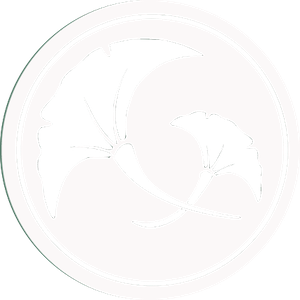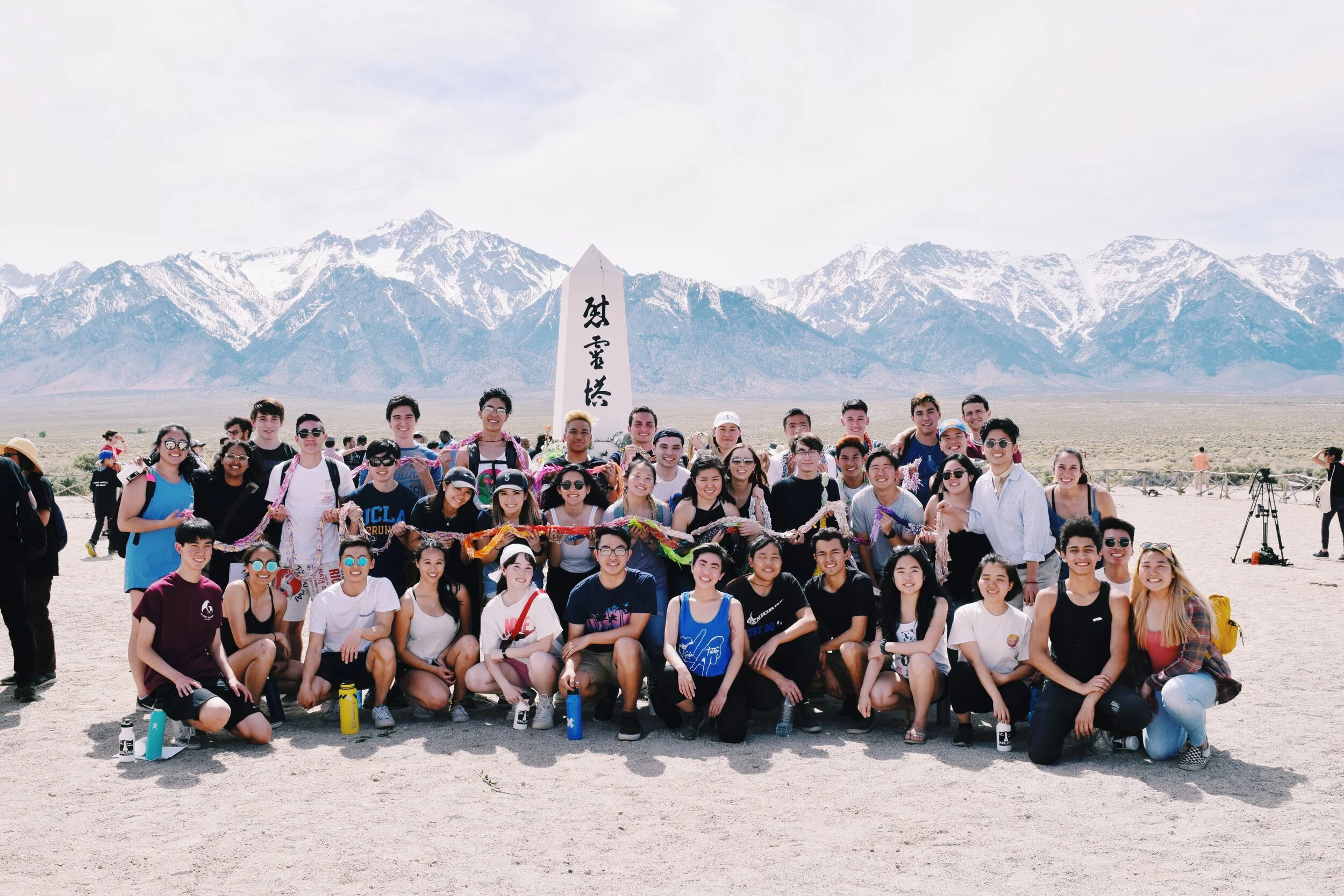HISTORY
The UCLA Nikkei Student Union (NSU) was founded in 1981 by Ken Minami, Albert Saisho, and Kenji Saisho as an alternative to the Asian fraternities and sororities at the time. The founders of NSU noticed a particular need to address cultural traditions and community service opportunities along with social events. Along with many other Asian American clubs on campus, NSU's origins can be traced back to the founding of the Asian Coalition (AC) now called the Asian Pacific Coalition (APC) in 1975.
Although NSU primarily started as a social organization in hopes of building its membership base, they quickly had to respond to the concerns of the time. The creation of NSU can be very closely linked to the beginning of the Redress Commission hearings in Los Angeles for interned Japanese Americans. From its onset, NSU attempted to involve itself in as many Japanese American issues as possible. The club began to take an active role in the community by helping with different community projects and huge issues of the time such as Redress. Heavy involvement with the community organization called National Coalition for Redress and Reparations (now called Nikkei for Civil Rights and Redress) established NSU's reputation as a political force among collegiate cultural organizations.
In February of 1986, NSU sponsored an on campus event called the Week of Remembrance. It was held specifically in February in commemoration of Executive Order 9066, the order that called for the immediate evacuation of Japanese Americans on the west coast 44 years earlier. The weeklong series of forums and exhibits on the JA experience evolved into what we know today as Cultural Night.
Much of NSU's middle years were focused on community activism and political issues. In 1986, NSU played a crucial part in the long three-year battle to gain tenure for Don Nakanishi, the current Asian American Studies Center Director. NSU staged walk-outs, pickets, and marches to fight for Don against clear signs of racism and prejudice within the UCLA administration. The battle was successful and culminated in a presentation by former NSU president Mary Katayama on the issue of "Racism and the Glass Ceiling" in front of a U.S. Senate Committee.
NSU began to assert itself in the late 80s as the preeminent student organization on campus. The NSU tutorial project, currently called SHARE (Students Helping and Reaching Education), a minority tutorial project, was started by NSU to aid the underprivileged children of the Crenshaw district. In 1990, NSU members started Kyodo Taiko, North America's first collegiate taiko group.
A milestone in student leadership took place in 1992 under the leadership of Claire Kohatsu. A conference called "The Future of the Nikkei Community Conference" was held as a joint effort between NSU, CSUN's Nikkei Student Association, and the Japanese American community. This conference addressed the looming issue of what the future held for the JA community. This unique interaction led to one of the largest Manzanar Pilgrimages in NSU history.
In 1992, NSU was honored by the Japanese American Historical Society of Southern California for its efforts to educate students on the JA issues and preserve the Japanese American culture. NSU also received awards from the County of Los Angeles, the City of Los Angeles, and the California Legislature Assembly for community service.
In 1996, NSU crossed the cultural barriers by installing its first non Japanese American President, April Cheng. Having a president who is of non-Japanese ancestry proves the interest NSU has drawn within a multi-ethnic community.
In 1998, NSU continued to make its presence known within the community by beginning yet another tutorial project called CHAMPs (Casa Heiwa Assistance Mentorship Program). Working in conjunction with the Little Tokyo Service Center, CHAMPs was created to provide tutoring and capable mentors to the children living in Casa Heiwa, a low-income housing unit located in Little Tokyo. By attending the site on a weekly basis, NSU members were able to spend time with the children as well as re-establish youth involvement within the JA community. CHAMPS became so successful that the organization branched off from NSU and become its own separate entity.
Today, NSU continues its rich tradition and commitment to the Japanese American community through volunteer work at events like Little Tokyo Sparkle, Haunted Little Tokyo, and more!
The vision set forth by the founders of NSU will continue only through our work, by continuing the foundation of what our organization was founded upon and responding to the signs of the times, and working towards the betterment of the Nikkei community. Just by reading this history, you show that you care. It shows that you care about yourself by making yourself more aware, about NSU, and most importantly, about the future of the Japanese American community.
NSU Kamon
In 2018, Nicole Oshima, Kai Watanabe, and Marlee Goto created an NSU Kamon, or family crest, with two ginkgo leaves intersecting. The leaves symbolize resilience and pay homage to the ginkgo trees that are found in both Japan and Little Tokyo in Los Angeles.



